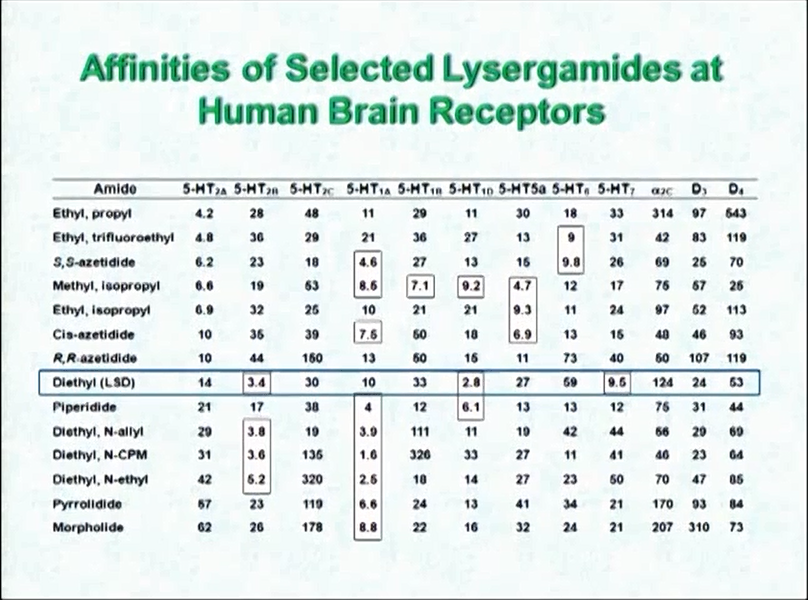Lightning-Nl
Bluelighter
- Joined
- Nov 11, 2012
- Messages
- 1,245
I'm curious as to why the lysergamide derivatives have never hit the RC market? From my understanding it might be due to the fact that synthesizing lysergamide derivatives is incredibly difficult. But so are the Quaalude analogues, so why not the ergolines?
I guess, I'm trying to understand what makes these chemicals so difficult to synthesize. Are precursors hard to get? Is synthesizing LSD more profitable/easier anyways?
I guess, I'm trying to understand what makes these chemicals so difficult to synthesize. Are precursors hard to get? Is synthesizing LSD more profitable/easier anyways?







